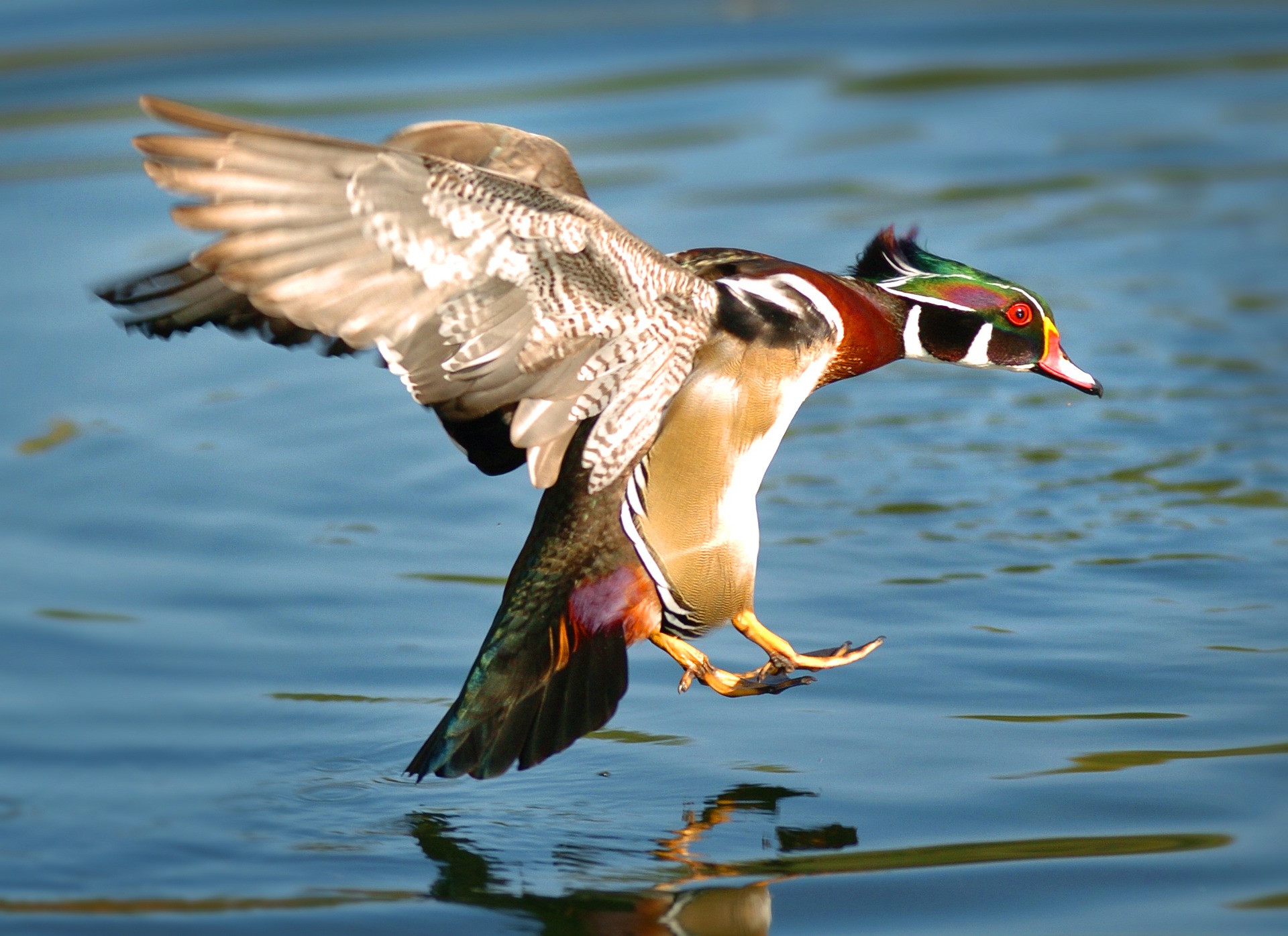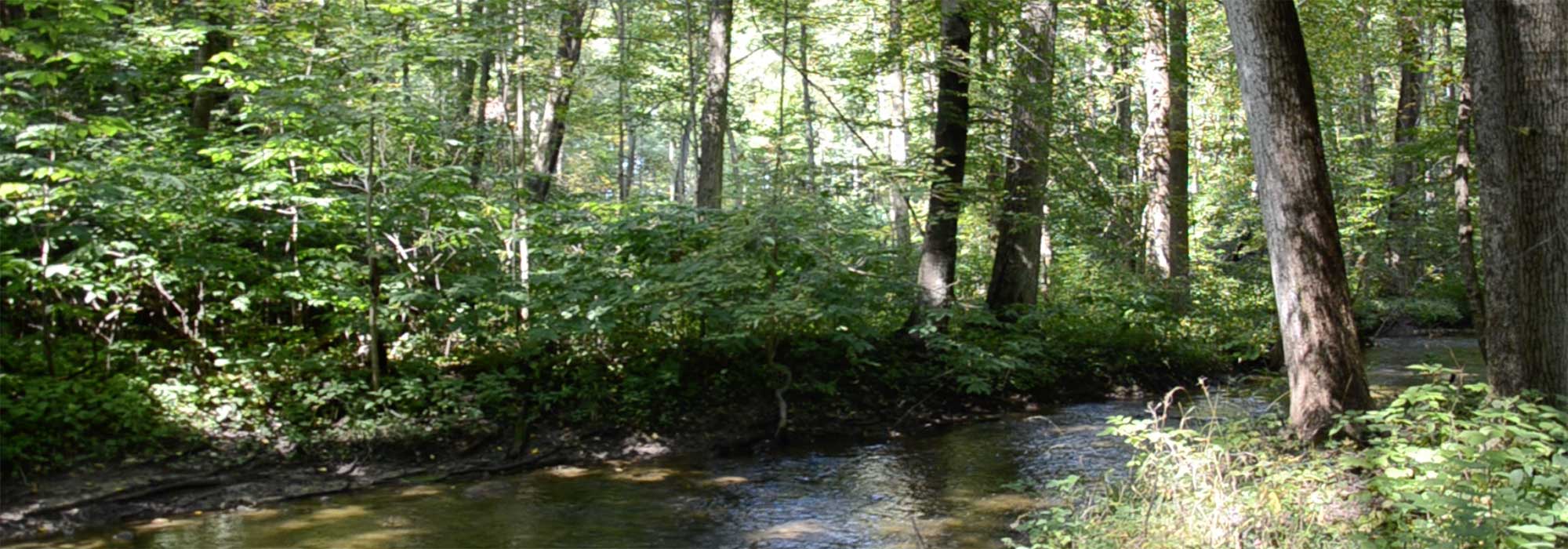Quality, Service, & Forest Stewardship for Over 100 years!
Pike News
The Wood Duck

The wood duck is regarded as the most unique and beautiful of North American ducks. The male wood duck is best known by the bright iridescent purple, green, blue, red, white and black feathers that he displays during breeding season. The female is a drab brown and has white spectacles around her eyes.
Wood ducks require wooded wetlands and perch in the tops of trees and nest in cavities within living and dead trees. They lay their eggs in cavities up to 65 feet from the ground. After hatching, the young birds will leap from the cavity and crash to the forest floor. However, the young birds are not injured due to their juvenile soft skeleton. The wood duck’s diet consists mainly of aquatic vegetation, seeds, and acorns. However, during the pre-breeding period and as young birds grow, insects and aquatic invertebrates become an essential portion of their diet.
Wood duck populations are limited by availability of suitable habitat. To encourage wood duck populations, the placement of artificial wood duck boxes around wooded wetlands is beneficial. Additionally, maintaining over-mature cavity trees and creating snags (dead standing trees) out of larger, low quality trees will encourage more wood pecker activity, which will lead to more nesting cavities for the unique wood duck.

